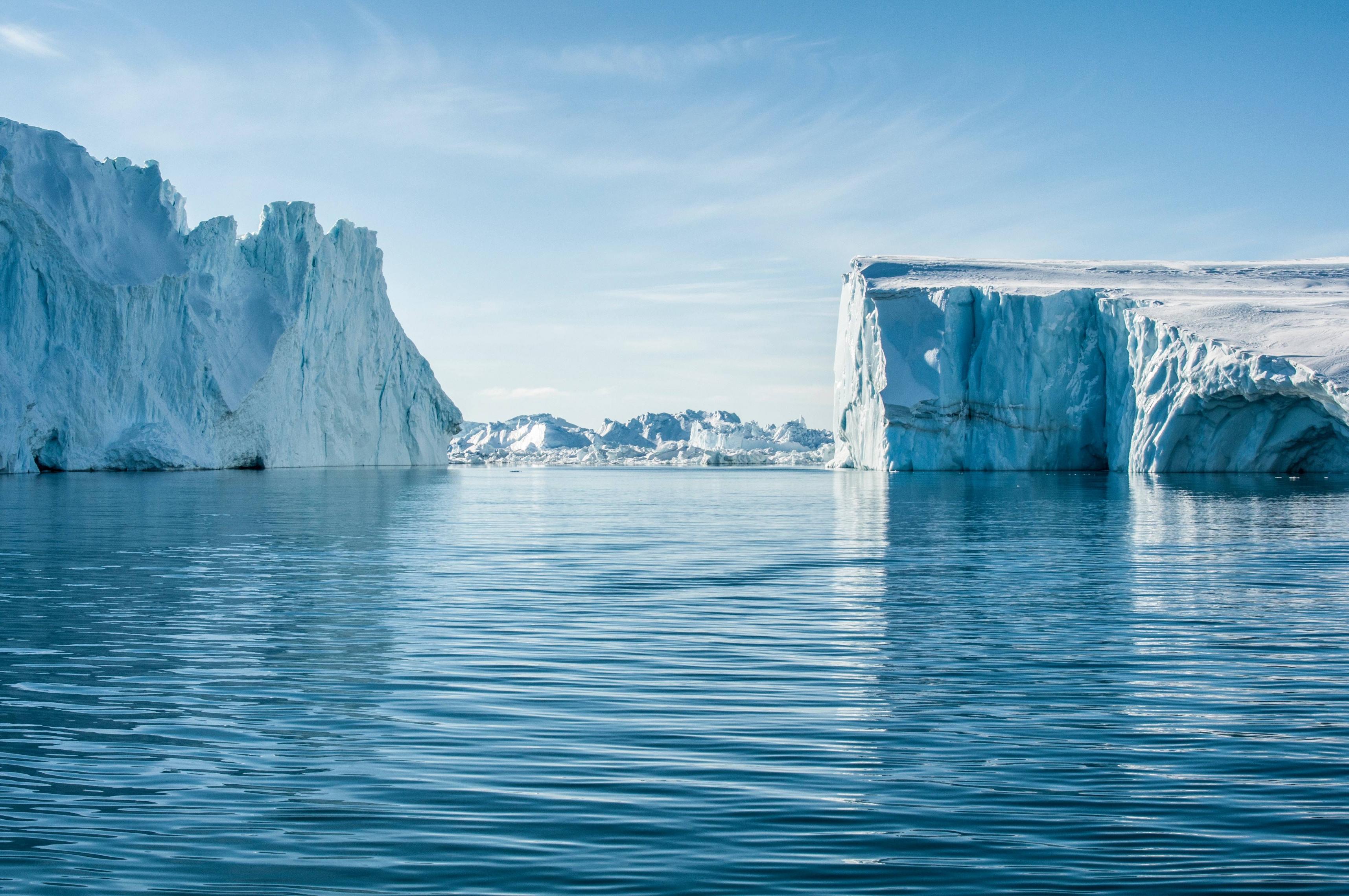
Tuvalu is an isolated country in the South Pacific. The tiny island nation was once home to Polynesians. During the 14th and 17th centuries, the islands were populated by migrants from other parts of the South Pacific. Prior to European contact, Tuvaluans lived as scattered communities, with a population of around 3,000. Most of the inhabitants were descendants of migrants.
In the 18th century, Europeans began to explore the area. Clvaro de Neyra a Spanish navigator made the first European tour to Tuvalu. Europeans began to forcibly hire plantation workers for the islands shortly after their discovery. Many of these people were kidnapped by the Europeans and forced to work as plantation workers. Others fled to the larger Gilbert Islands.

Tuvalu was once a British protectorate. It became independent in 1978. Today, Tuvaluans comprise the majority of the population. The city also has significant numbers of residents of other Pacific countries. Those who are of other Pacific ethnic groups often marry Tuvaluans.
The Tuvalu government's main economic priority is developing the economy without foreign assistance. Nearly 20 percent of workers are employed by the government. Tuvalu's economy may be small, but the country has never faced a strike or an economic crisis.
Tuvalu is a member of the UN, the UPU, and the ACP Group. It is also a member UNESCO, IMO. FAO. UNIDO, UNIDO, UNIDO, and Asian Development Bank. The government is involved in international efforts to reduce pollution and combat global warming. Tuvalu has been pushing industrialized countries towards ratifying the Kyoto Protocol.
Tuvalu's economy depends on fishing, farming, and subsistence agriculture. Copra is Tuvalu's only major cash crop. A lack of arable land means that there is little arable land. Some farmers can sell their produce, while some are available for export. About 25% of the GDP is generated by agricultural products.

Since 1986, the Tuvalu government adopted many reforms and the population has grown. According to the United Nations, the population of Tuvalu reached 10,000 in 2005. This number is expected to increase to approximately 14,000 by 2025. About 6,000 Tuvaluans live to 65 years old or older.
Tuvalu's government doesn't have any formal political parties. Instead, 12 members make up the local parliament, which is generally organized into factions. The Tuvaluan constitution however allows for separation between the church and the state, contrary to other Polynesian countries. Religions must also register with the government.
Tuvalu Amateur Sports, Boy Scouts, Girl Guides are just three of the most popular organizations in Tuvalu. The Tuvalu Youth Fellowship and Pathfinders are two other organized youth groups. Students graduating from secondary school may attend tertiary institutions abroad.
While the Tuvaluan government has no authority to silence or censor media, they do have some restrictions regarding speech. Although the media is protected under law, there are no commercial newspapers or television networks. Local news is transmitted in Tuvaluan by the Tuvalu Broadcasting Service. Internet access is also available through the Office of the Prime Minister and the Department of Telecommunications.
FAQ
What's the current climate in the world? And how does it change?
The current climate is characterized by unprecedented uncertainty and change. Unprecedented levels of atmospheric carbon dioxide are causing temperatures to increase significantly, leading to droughts, heat waves, changing rainfall patterns, melting polar ice caps, ocean acidification, and rising sea levels.
These changes have already had a significant impact on ecosystems across the globe, leading to habitat loss and extinction. They are also threatening lives and livelihoods for billions of people, especially those who live in areas with resource scarcity.
Increased average surface temperatures, which are caused by human activity, have led to an increase of extreme weather events, such as hurricanes or cyclones. As temperatures continue their climb, this trend is expected to continue.
The effects of a rapidly changing global climate can be felt everywhere from rising food insecurity to displacement from extreme weather events or sea level rise forcing communities to relocate. Climate change is also causing social inequalities, bydisproportionately affecting marginalized groups that lack the knowledge or resources to adapt effectively.
There has been progress in some areas, such as the reduction of carbon emissions or initiatives for renewable energy in certain countries. However, there is no global initiative that can be taken to effectively mitigate these changes. For us to avoid further disruption and devastation due to climate change, all nations need to come together and take urgent actions now. At the same time, we must plan for adaptation in an uncertain world.
What are the effects of climate change on the environment and society?
Climate Change has broad effects on both the environment and society. Climate change is causing a variety of environmental problems, including rising temperatures, extreme weather, sea level rise, and reduced air quality. These changes can have grave consequences for human population, increasing instability and inflicting insect-borne disease and poverty on a large scale, as well as altering migration patterns and destroying important habitats.
Climate change is already having a wide range of sweeping effects on the environment and societies all over the world. This is expected to get worse as global temperatures continue rising.
The most significant effect of climate change globally is the rise in ocean levels caused by melting ice caps. This leads to shoreline erosion at many coasts as well as an increased risk for flooding for coastal communities. Saltwater intrusion also occurs, negatively affecting freshwater supplies in coastal regions in many countries around the world.
Many countries are experiencing extreme weather events, such as droughts or heatwaves as a result climate change. These extreme weather events can cause widespread destruction of homes and businesses. In some cases, they lead to the displacement or relocation or even complete destruction of entire towns. In addition, intense storms create further risks related to flooding or landslides that increase damages to infrastructure such as roads and railways.
Additionally, wildfires caused climate change are more common than ever. They can be devastating for both the habitats and the people who live nearby.
These dramatic changes in living conditions can often lead to displacement and even refugee crisis when people leave their homes voluntarily or involuntarily due to their changing climate.
The increase in aridity causes dust storms to become more frequent, which makes people suffering from asthma and other respiratory ailments such as asthma even more vulnerable. Pest infestations will increase due to higher temperatures - a phenomenon called the 'greenhouse bug'. This can further impact global food insecurity as fewer crops are available with poorer nutritional qualities, potentially creating additional hardships for marginalized populations that otherwise would be barely able to make ends meet.
What role do greenhouse gases play in climate change?
Greenhouse gasses are key to climate change. They act as an invisible blanket that wraps around the Earth, trapping heat radiation and warming it. Without them, the planet might be much colder that it is now.
Greenhouse gases are generated through human activity, such as burning fossil fuels or other industries that produce emissions. As more heat enters the atmosphere from these activities, it leads to increased temperatures and extreme weather.
The most prevalent greenhouse gas is carbon dioxide, which is released from fossil fuels, such as oil, gas, and coal. Major contributors to climate disruption are methane (CH4) as well as nitrous dioxide (N2O) and fluorinated gases (F-gases).
Because of human activities, the concentrations of greenhouse gases have increased substantially since preindustrial days. This has led worldwide warming and increased temperatures in the oceans as well as all over the planet. It's also causing changes like more severe storms and droughts as well as melting glaciers and rising sea level.
To avoid more damage from climate changes, humans must reduce their emissions by switching away from fossil energy to increase their use of renewable energy like solar and wind power. You can also reduce greenhouse gas emissions by reforestation and adopting farming methods that allow soil to absorb more carbon dioxide from the atmosphere. These activities will reduce atmospheric greenhouse gas concentrations and create a healthier environment that supports all life.
What causes climate change?
Climate change has become a global problem due to an increase in human-generated greenhouse emissions. These gases are mostly emitted by fossil fuel combustion for electricity and transportation. These emissions result in trapping more of the sun's heat in Earth's atmosphere, resulting in rising global temperatures.
Climate change is also caused in part by human population growth, the destruction and clearing of ecosystems, energy consumption and overgrazing. This further decreases the number natural carbon sinks that absorb CO2 in the atmosphere. Climate change can also be caused by natural forces like changes in solar radiation.
These human activities combined result in Earth being unable to adequately balance its energy resources, which has led to an average global temperature increase of 1 degree Celsius from pre-industrial times. Glaciers melt faster than they form and sea levels rise as oceans absorb most of this heat energy. Water scarcity, droughts, or extreme weather events such hurricanes and floods can also have devastating consequences.
To avoid further damage, it is crucial that we reduce carbon emissions and take steps to curb our emissions. This will give us a fighting chance against climate change's already serious impacts. Along with reducing our dependence upon fossil fuels to generate electricity, it is important to invest in renewable sources like wind turbines or solar cells that do not emit harmful pollutants into nature. Reforestation and other sustainable practices can help restore balance to these delicate planetary cycles that we depend on for our survival.
How can the energy sector be involved in climate change?
The importance of the energy industry in climate change mitigation is enormous. Global warming is caused by the release of carbon dioxide into the atmosphere. This traps heat and causes an increase in Earth's average temperature.
This requires energy sources to move away from carbon emitting sources like natural gas and coal, and instead shift towards renewable energy sources, such solar, wind, or geothermal. This can be achieved through incentives and government policies, but also by investing in new technology like hydrogen fuel cells. Businesses and households can both reduce their carbon footprints while also lowering their electricity bills by investing into infrastructure that supports this use of renewable resources.
Other ways include switching from polluting transportation options such as petrol-fueled cars to moving towards electric or public transport. Governments can help lead society's transition from oil-based infrastructures to cleaner alternatives by funding research into battery technologies and encouraging consumers to make investments in cleaner modes.
To reduce carbon footprints, companies should adopt green business practices. For example, better insulation in offices and production facilities. This can reduce operational costs dramatically while improving environmental performance metrics.
These initiatives must be championed not just at the company level but also at the government level for them to be truly effective; increasing taxes on pollution products encourages individuals to switch away from harmful practices without forcing them financially outcompeting polluters by providing vouchers or subsidies for low-carbon products will create an ongoing market to support sustainability efforts moving forward. In conclusion, tackling climate change requires a massive effort from both private industry and private citizens alike; switching to clean energy sources and adopting green practices are key aspects of fighting global warming which will positively affect generations now and are yet to come.
What happens to developing countries when they experience the climate change effects?
Because of their limited access and lack of technology and healthcare, the impact climate change has on developing countries and communities is particularly severe. Climate change can increase the pressure on already limited resources. Floods and droughts can also cause damage to already fragile ecosystems. Rising temperatures can cause decreased crop yields. This will have a significant impact on poorer communities suffering from food insecurity. Extreme weather events such as hurricanes or heatwaves may cause damage to infrastructure and the displacement of people. This can further perpetuate economic inequality.
The long-term implications of climate change include continued resource scarcity, poverty, and health impacts including an increased number of vector-borne diseases such as malaria or dengue fever. In addition, there will be a higher risk of flooding due to rising sea levels coupled with extreme weather events putting lives at risk in coastal areas where populations often lack the adequate infrastructure or emergency services needed for evacuation. While mitigating greenhouse gases is essential to build resilience to these risks, there are other options available. These include better management of freshwater resources and easier access for health facilities. This helps with the prevention of diseases such as malaria.
What can we do to limit or mitigate the impacts of climate change?
There are many measures you can take to mitigate and reduce the impacts of climate change. These include reducing greenhouse gas emissions through better energy practices and using alternative sources of energy such as renewable resources, employing more efficient agricultural techniques, improving land management practices, enhancing air quality laws, protecting forests and wilderness habitats, protecting against extreme weather events such as floods and droughts, investing in sustainable transport systems, strengthening early warning systems for disasters, beginning a research program on the impact of climate change on biodiversity and ecosystems, investing in green technologies such as solar panels or wind turbines, encouraging sustainable consumption habits, implementing suitable environmental regulations across all sectors of society. It's important that people are educated about climate change. This encourages them to take responsibility for their actions.
Statistics
- Indigenous peoples and local communities receive less than 1% of all climate funding despite scoring wins for people and nature Africa's broken food markets must be fixed to tackle hunger (climatechangenews.com)
- This source accounts for about 10% of all the water that enters this highly productive farmland, including rivers and rain. (climate.nasa.gov)
- According to the 2014 report on Climate Change Impacts, Adaptation, and Vulnerability (page 8) from the United Nations Intergovernmental Panel on Climate Change, governments at various levels are also getting better at adaptation. (climate.nasa.gov)
- The 10 countries with the largest emissions contribute 68 percent. (un.org)
- features Earth's average surface temperature in 2022 tied with 2015 as the fifth warmest on record, according to an analysis by NASA. (climate.nasa.gov)
External Links
How To
How to support climate-friendly policies and companies
Individuals have many options to support climate-friendly policies. This can include speaking out against non-climate-friendly businesses or politicians, voting for pro-environment candidates, writing letters or emails of encouragement to those who are already taking positive action towards the environment, and signing petitions in favor of policies that encourage and support climate-friendliness. Individuals can also immediately take more practical steps such as switching providers when possible to ones that have a better environmental record or choosing sustainable products over those with higher carbon emissions.
Supporting climate-friendly policies and companies is one of the most important steps in reducing one’s carbon footprint. It is possible to make simple changes such as turning off lights and unplugging devices, moving by public transport or carpooling, using eco-friendly household goods like biodegradable cleaning products and composting kitchen wastes instead of adding them to the landfills.
Investors interested in supporting climate friendly policies should research companies with lower carbon emissions before investing. They should review their portfolios on a regular basis to make sure that they are meeting the sustainability standards they have set. Investors may want to ensure that their investments in Green bonds do not finance projects with any activity which contributes more greenhouse gases into the air than they take away. Investors should look out for opportunities to use funds towards green business activities. This includes renewable energy alternatives, community-building projects, and initiatives that promote sustainability.